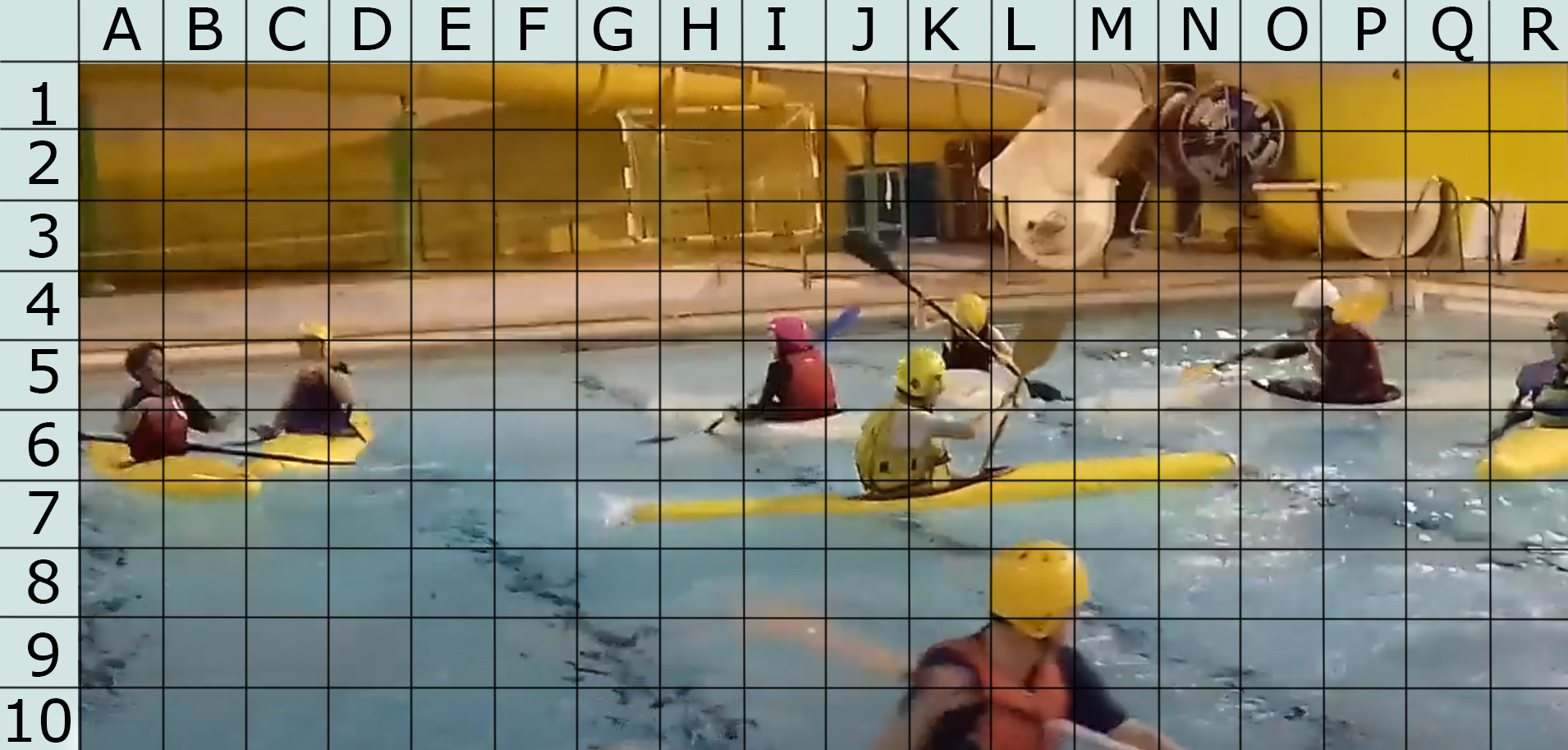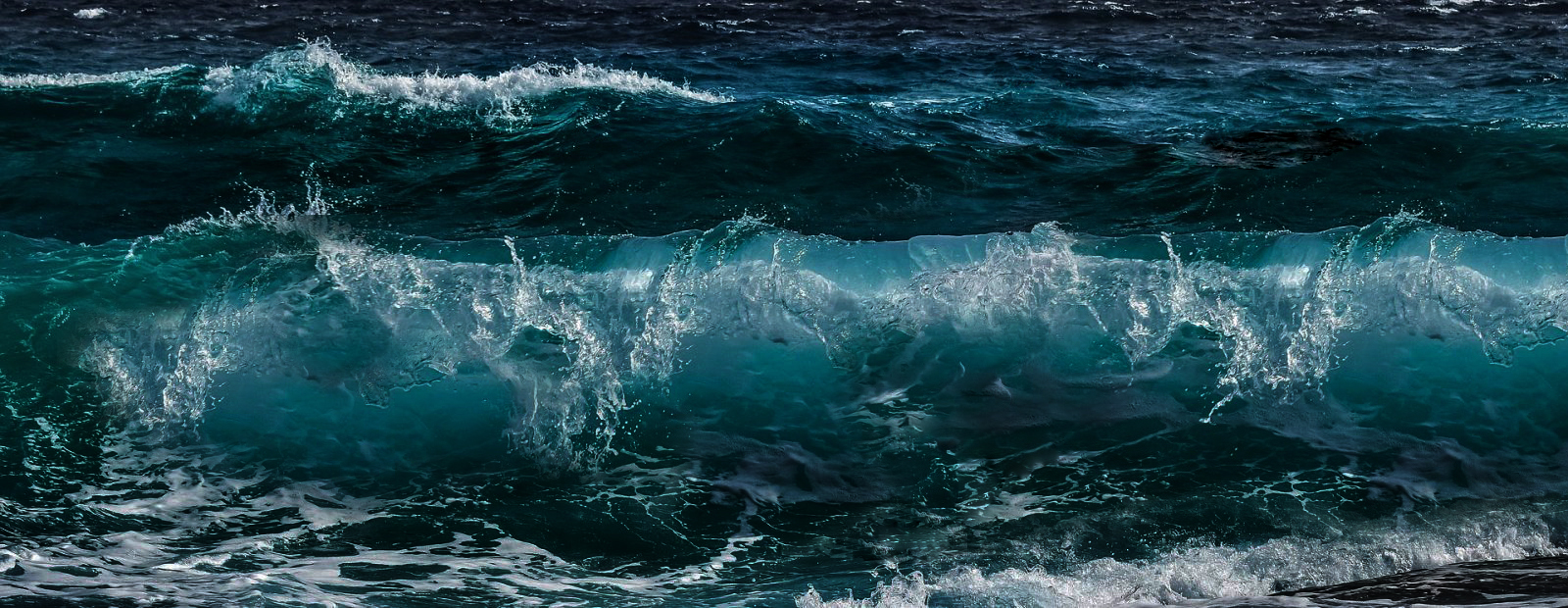A Little Quiz:
This week’s quiz is about water (or damp loving) plants, can you spot the invaders from the native plants?
Which type of plant do you think this is?
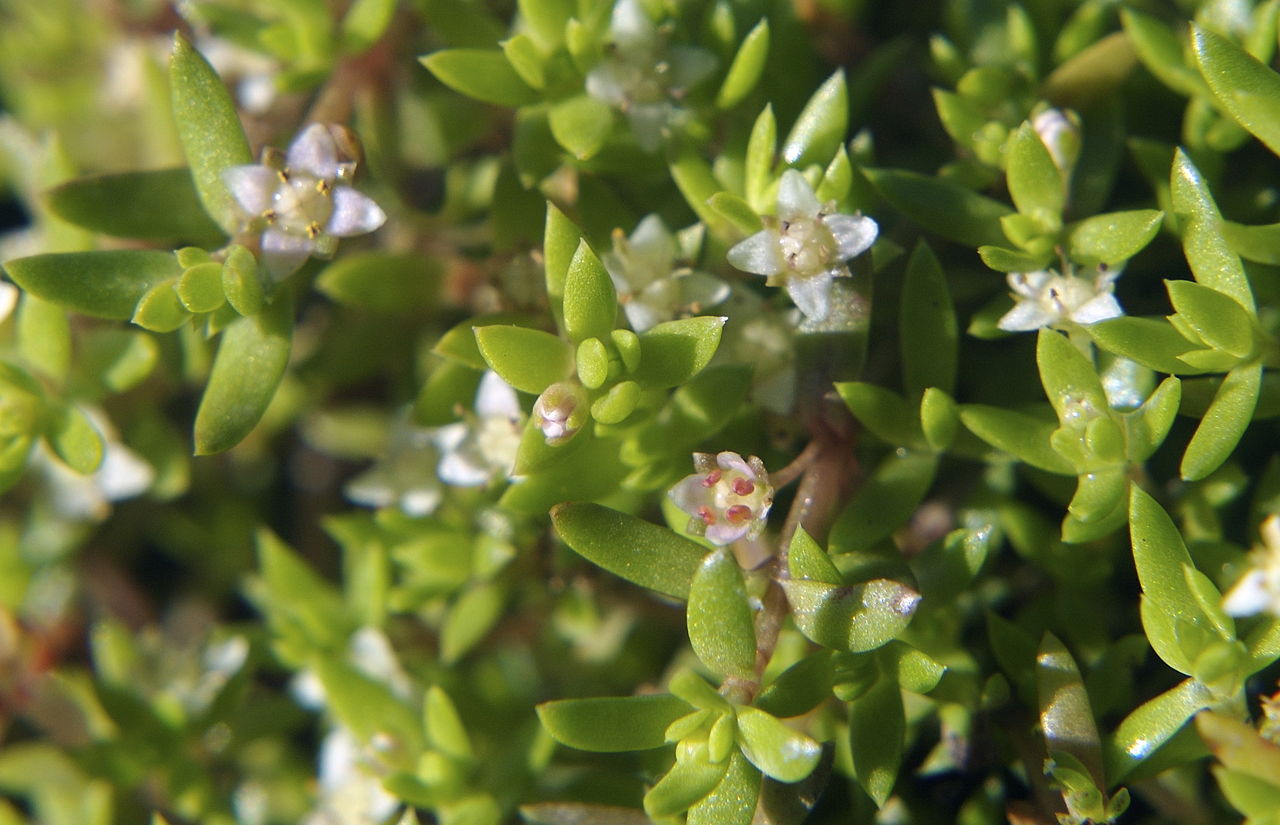 By ashley BALSAM baz - Flickr, CC BY 2.0, Link
By ashley BALSAM baz - Flickr, CC BY 2.0, Link
Non-native invader Australian Swamp Stonecrop (Crassula Helmsii) Grows around the damp margins of freshwater ponds and in water up to 3 metres deep. It forms dense, choking carpets which reduce light levels in the water below, causing die off of native species and reducing oxygen levels. Read More
Which type of plant do you think this is?
Non-native invader Floating Pennywort These invasive aquatic plants (pictured above) forms dense mats of rounded leaves that float across the water surface. It’s rapid growth rate (up to 20cm per day) means is rapidly crowds out native species, causing an imbalance in oxygen levels in the water, and a subsequent threat to aquatic wildlife and choking drainage systems. Read More
Which type of plant do you think this is?
Native Amphibious bistort (Persicaria amphibia) has long spikes of small, pink flowers. It can grow either on land or in water, when the leaves float. The land form often has very few flowers. Read More
Which type of plant do you think this is?
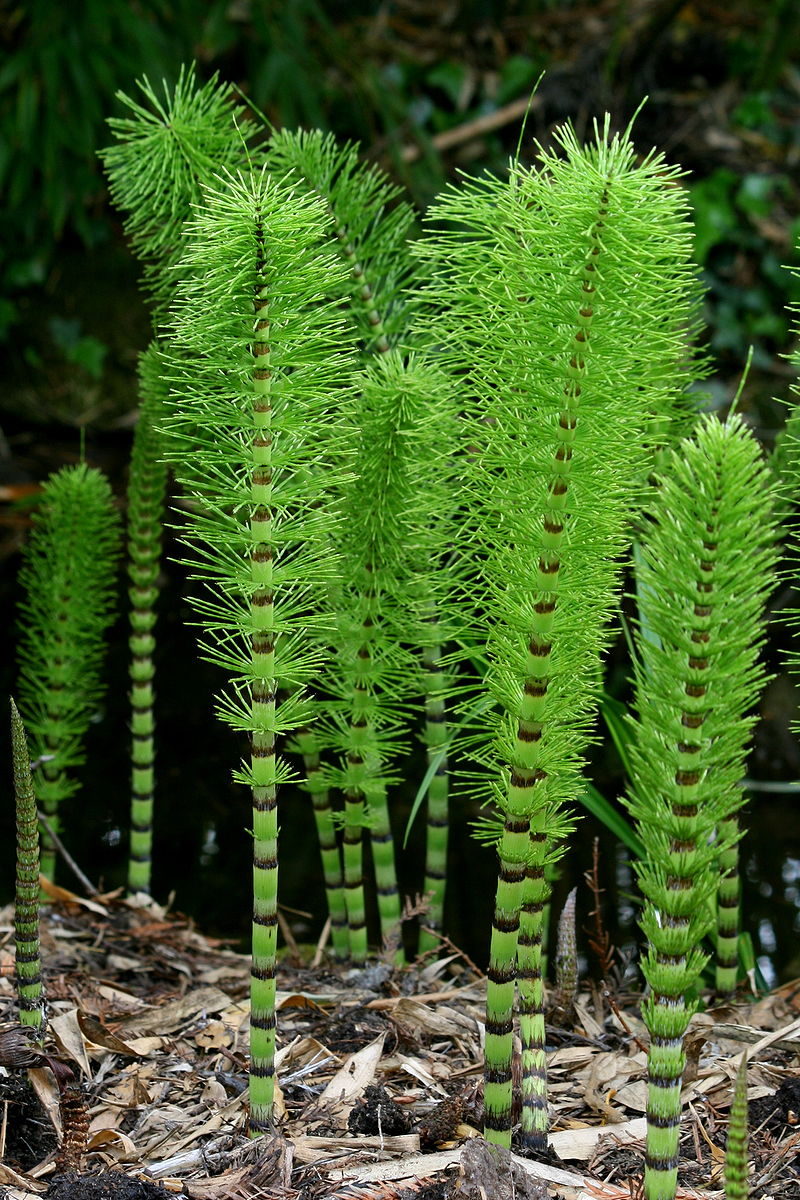 By Rror - Own work, CC BY-SA 3.0, Link
By Rror - Own work, CC BY-SA 3.0, Link
Native Horsetails Equisetum sp. Horsetails have deep, long rhizomes that support hollow jointed and longitudinally ridged stems, which emerge in early spring. The stem spikelets can be between 5-60 cm tall. The majority of the stem and leaves are green and the blackish tip are reproductive shoots that appear early in the season from the sterile vegetative stems. The genus sits within the broad grouping of ancient land plants called Pteridophyta which also includes ferns, clubmosses and quillworts. Read More
Which type of plant do you think this is?
 By Algirdas at the Lithuanian language Wikipedia, CC BY-SA 3.0, Link
By Algirdas at the Lithuanian language Wikipedia, CC BY-SA 3.0, Link
Native Arrowhead Sagittaria sagittifolia has distinctive arrow-shaped leaves and 3-petaled white flowers, with a purple spot at the base of each petal. Read More
Which type of plant do you think this is?
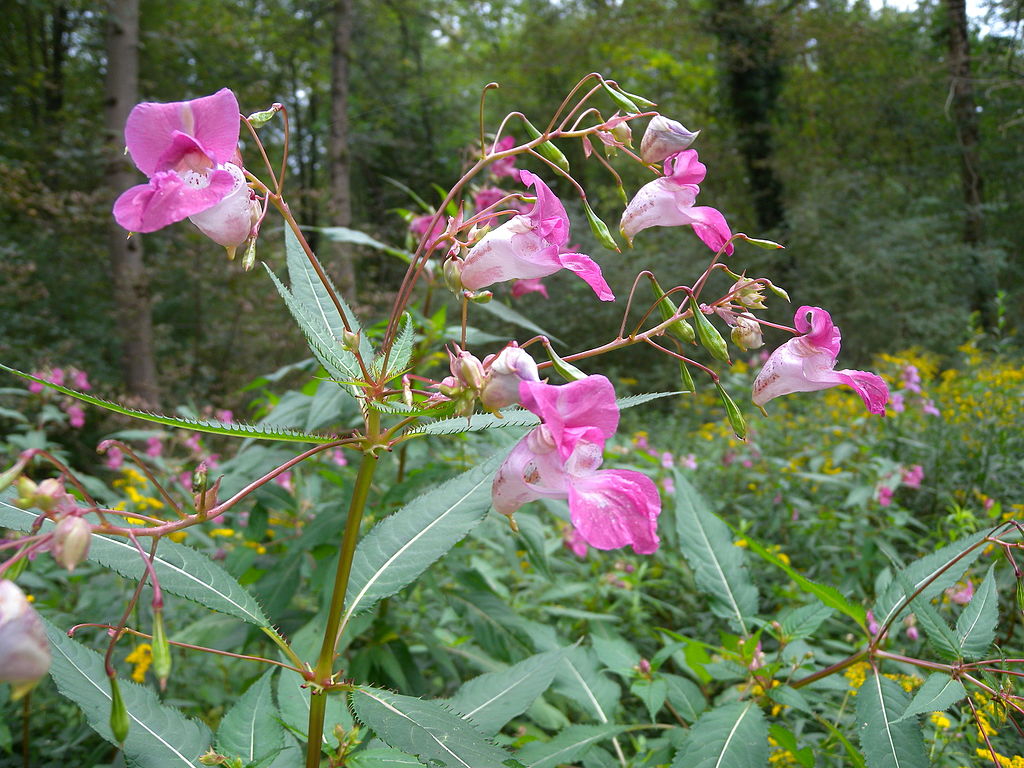 By MurielBendel - Own work, CC BY-SA 4.0, Link
By MurielBendel - Own work, CC BY-SA 4.0, Link
Non-Native invader Himalayan Balsam (Impatiens glandulifera) is a tall annual that often forms dense stands that crowd out all other plants. It has distinctive pink flowers which earn it its alternative name of Policeman’s Helmet from the shape of the spur behind the flower, and remarkable explosive seedpods. However, it is invasive and not native and should be controlled where possible. Read More
Which type of plant do you think this is?
Non-native invader Water Primrose Ludwigia peploides Originally introduced as an ornamental and water garden plant, this species bears bright yellow flowers but can cause havoc if released in the wild. Water primrose can have a devastating effect on native habitats with its rampant growth out-competing native species clogging and dense vegetation contributing to flooding. It spreads primarily by stem fragments but also by seeds which means it can spread quickly and it can make eradication difficult Read More
Which type of plant do you think this is?
 By Christian Fischer, CC BY-SA 3.0, Link
By Christian Fischer, CC BY-SA 3.0, Link
Native Floating Pondweed (Potamogeton Natans) produces both floating and submersed leaves on the same plant. The floating leaves are ovate to oblong-ovate and almost always cordate at the base. They are dark green, leathery, opaque, with translucent longitudinal veins. They are 5 to 10 cm long, pointed at the tips, and rounded at the base. Read More
Which type of plant do you think this is?
Non-native invader Parrot’s Feather (Myriophyllum aquaticum) Another on the hit list of invasive aquatic plants, Parrot’s Feather typically grows in freshwater streams, ponds, lakes, rivers, and canals that have a high nutrient content. It produces long stems and floating mats of attractive feathery leaves. It can root from small stem fragments and readily escapes into the wild, where its vigorous growth allows it to become dominant in a body of water, growing to such an extent that it can out-competes native vegetation, blocking light and altering patterns of flow. Read More
Which type of plant do you think this is?
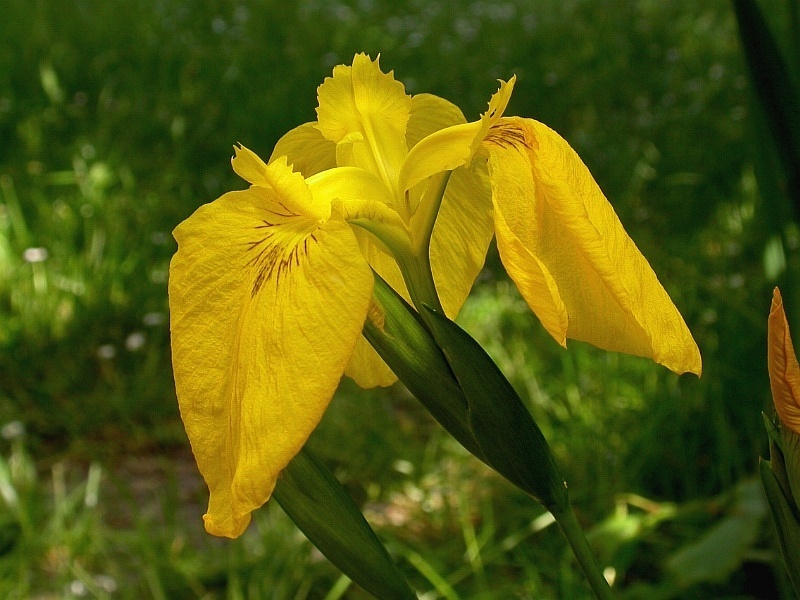 By Jean-Jacques MILAN - Created by Jean-Jacques MILAN, CC BY-SA 3.0, Link
By Jean-Jacques MILAN - Created by Jean-Jacques MILAN, CC BY-SA 3.0, Link
Native Yellow flag (Iris Pseudacorus) has long sword-shaped leaves and large yellow iris flowers from June to August. Read More


Training Videos
This is a video suggested by Kate from the series made by British Canoeing following on from last week:
This next video is one from the series Mark recomended about bracing… Enjoy – you can practice some of this in your living room!
Following on from those take a look at these from Kate:
This one is a surfing video which clearly shows carving paddle technique for those with a little more experience wanting move control on a wave, either on the river or the sea:
Here’s a freaky Friday video of some underwater ‘surfing’.
Canoeing Pools – Round 2
Okay here is another chance to guess where the ball is.
The picture below has had the ball cunningly removed…
Submit to us (using the form below) the grid reference where you think the majority of the ball is in the picture below:
